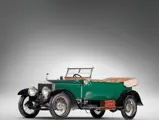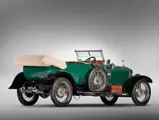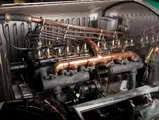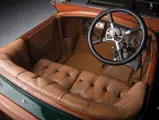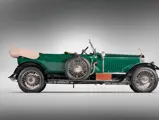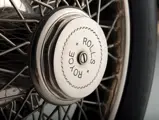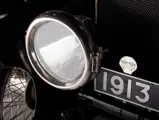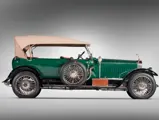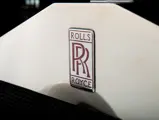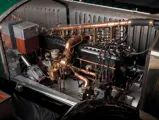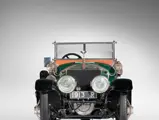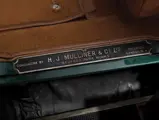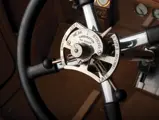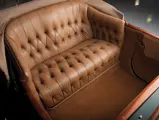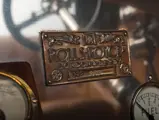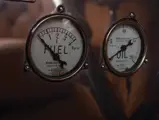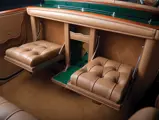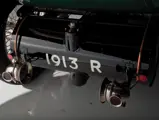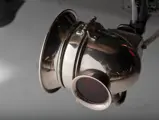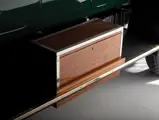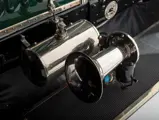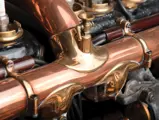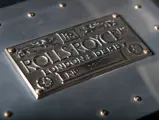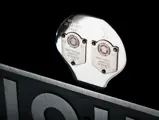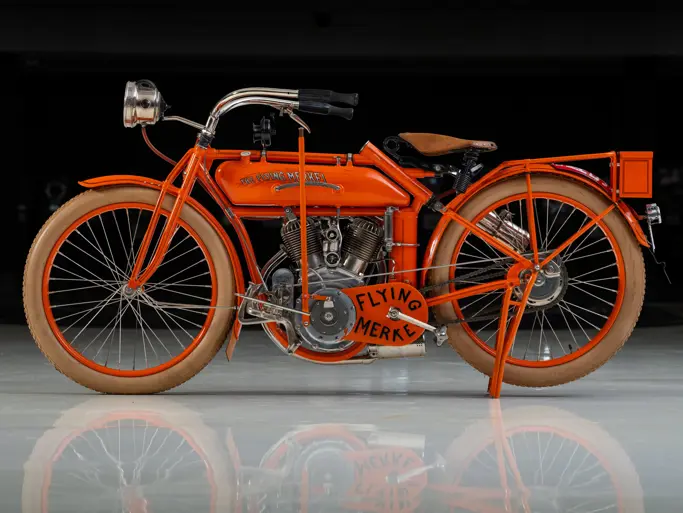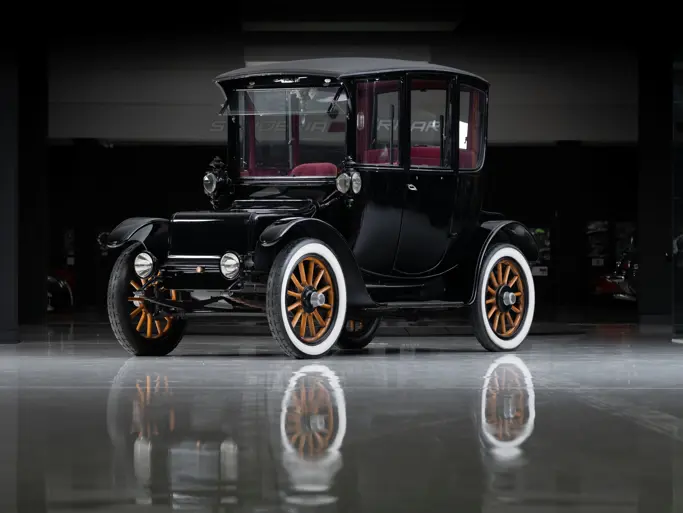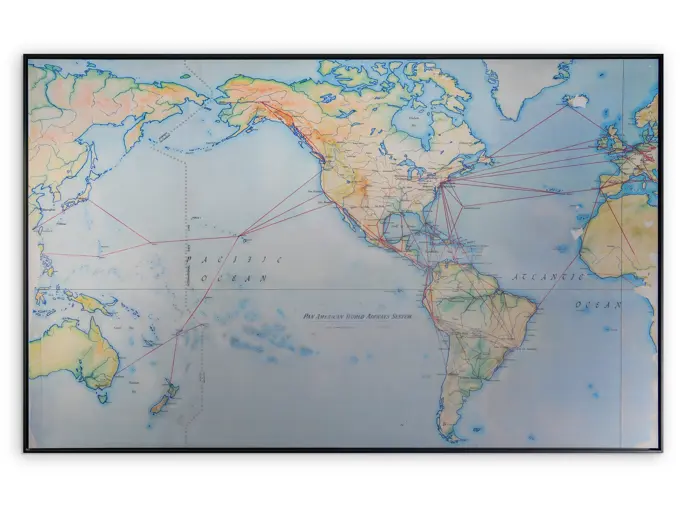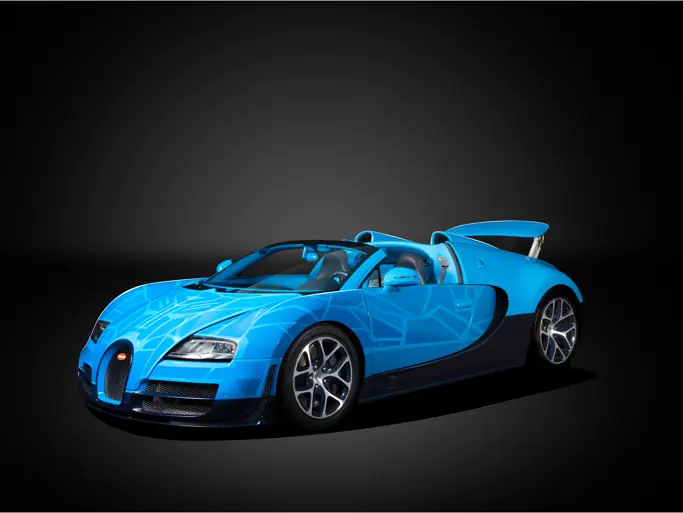London 2011
1913 Rolls-Royce 40/50 HP Silver Ghost “London to Edinburgh” Open Tourer
{{lr.item.text}}
£308,000 GBP | Sold
 | London, United Kingdom
| London, United Kingdom
{{internetCurrentBid}}
{{internetTimeLeft}}

48.6 hp, 7,428 cc L-head inline six-cylinder engine, three-speed gearbox, live axle front suspension with semi-elliptic springs, live axle rear suspension with cantilever leaf springs. Wheelbase: 3,645 mm
• Offered from the Estate of John O’Quinn
• Once owned by the Maharaja of Patiala
• Ex-Richard Solove Collection
• An older restoration
• Accompanied by Rolls-Royce Foundation documentation
• Documented in John Fasal’s The Edwardian Silver Ghost
Introduced to great acclaim, the Rolls-Royce model first introduced in 1906 was not initially referred to as a Silver Ghost but rather the “40/50,” referring to its 40 taxable horsepower and 50 true horsepower. The first 40/50 to bear the name Silver Ghost was actually the 13th chassis built. It featured an aluminium body by Barker with silver-plated exterior fittings and a silver-plated brass plate bearing the name “Silver Ghost.” The name stuck and Silver Ghosts became known not only for their incredible reliability but also for their virtually silent operation, smoothness and absence of vibration. As stated in a 1911 sales catalogue: “The Rolls-Royce Car is bought by people who will have the best and nothing but the best.” Production continued in England through 1925 and in America at Rolls-Royce’s Springfield facility from 1921 to 1926.
The aforementioned 13th chassis became a demonstration car for Rolls-Royce, and it was first put to the test in a 2,000-mile trial under the supervision of the Royal Automobile Club. During this test, the car recorded a figure of better than 20 mpg on the road between London and Glasgow—quite astounding considering the size of the vehicle with such a large engine (7,036 cc). Next, the car was entered into the Scottish Reliability Trials. Unfortunately, the Rolls had to make an unscheduled stop at 629 miles caused by a faulty petrol tap shaking shut. The car continued to run flawlessly day and night following the trials, resting only on Sundays, until 15,000 miles had been covered; thus, 14,371 miles were travelled without an involuntary stop, setting a new world record. The car was then dismantled under the supervision of the R.A.C., with all parts reported “as new.” A Silver Ghost simply did not wear out, especially when compared to its contemporaries.
Total Silver Ghost production was approximately 5,000 cars, including staff cars and armour-plated combat versions, which saw service during WWI. Most memorable are the comments of Colonel T.E. Lawrence (a.k.a. Lawrence of Arabia), who said the value of a Rolls in the desert was “above rubies.” When asked what he desired personally but could not afford, his reply was a Rolls-Royce “with enough tires and petrol to last me all my life.”
CHASSIS 2517
Rolls-Royce Foundation records indicate this car, chassis 2517, was first delivered on 18 December, 1913 to the Maharaja of Patiala. Maharaja Bhupinder Singh ruled over the state of Patiala in Northwest India from 1900 to 1938. An extravagant and very wealthy leader, he is best remembered for his involvement in sports, namely polo and cricket, of which he was captain of the national team. He reportedly had one of the world’s largest collections of medals, built a monorail system in his province and was even the first man in India to own an airplane.
The Maharaja bought his first Rolls-Royce (chassis no. 1697) in 1911 and subsequently purchased a further 25 cars from Rolls-Royce. This car, 2517, was his sixth Silver Ghost, and he took delivery at the age of only 22. Indian Maharajas enjoyed almost limitless wealth and consequently lavished enormous amounts of money not only on their palaces but also on their fleets of motor cars. When ordering a Rolls-Royce, one not only stipulated the type of coachwork but all the accessories and options to go on the car, such as, in this case, £2 for a tool roll (the equivalent of nearly £400 in today’s values) and £7 for extra jump seats. One also stipulated the finish of the brightwork, the choices being brass, nickel (German Silver) or silver. In the case of 2517, it was indicated on the build sheet that the wheels were to be nickel-plated and that the car was to have a London-to-Edinburgh style dashboard and bonnet.
When eventually located in India in 1970, the car was absolutely complete and original, but its condition was poor due to the ravages of time and the fact that it had been left on an open porch for 20 years in Calcutta. It was purchased by Charles Howard, at that time a noted connoisseur antique dealer, and he undertook a lengthy and extensive restoration by Jonathan Harley, regaining the car’s former glory. Although previously described as not having its original coachwork, further investigation and photographs suggest the car was restored with its original body. Please speak with an RM representative for further details.
Today the Silver Ghost is finished in a period-appropriate green with black fenders and undercarriage, and the interior is trimmed in complementary tan leather with varnished wood trim. Nickel brightwork adorns the exterior as well as five plated wire wheels, which enhance the car’s sporting appearance. While the undercarriage is nice and shows little evidence of use, 2517 is an older restoration that has developed a lovely patina. Considered by collectors to be one the most sought-after of all Silver Ghost models, this magnificent Edwardian tourer will make a most spectacular addition to any collection of early automobiles.
A reduced import tax of 5% may be applicable to this car. For further explanation please speak with an RM representative.

